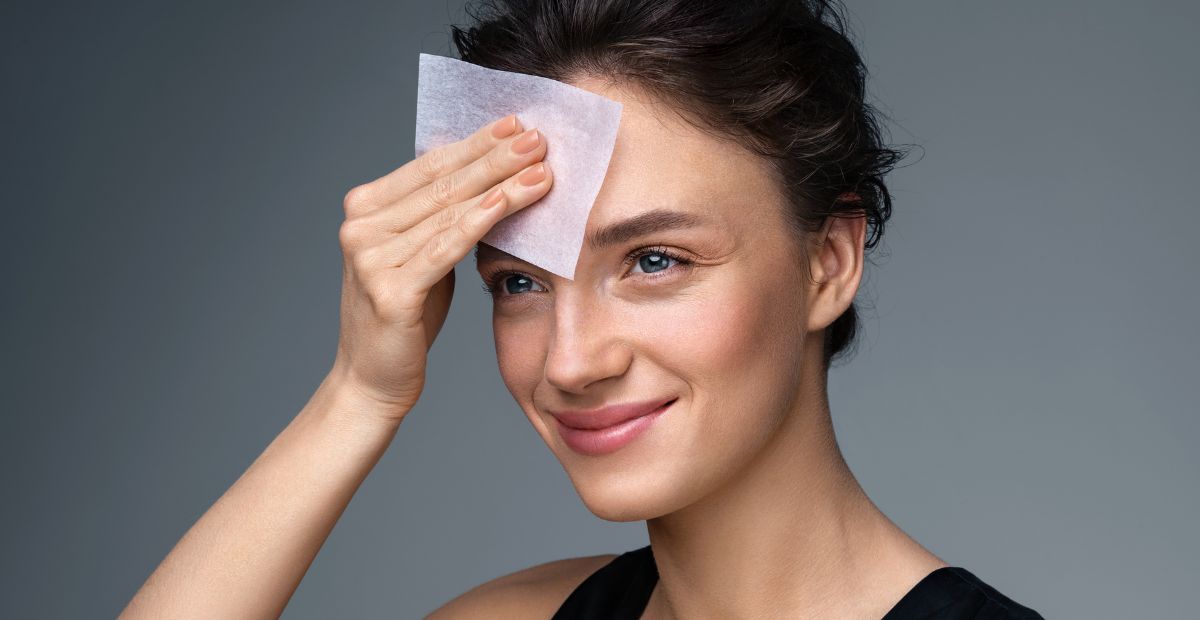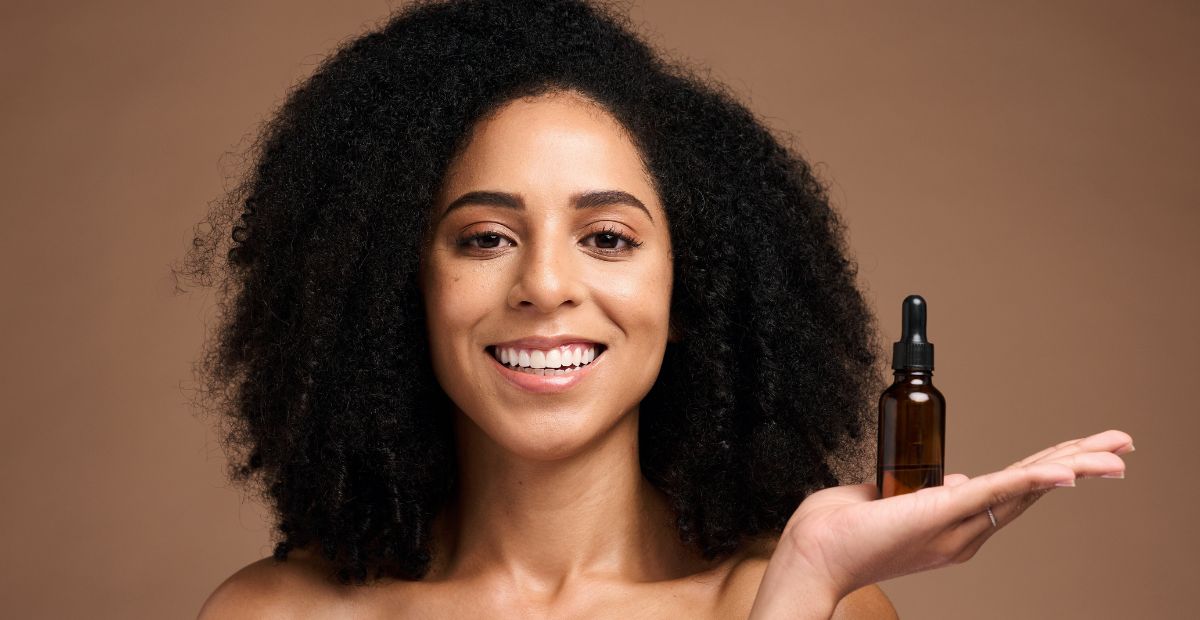Retinol 101: What Does Retinol Do & How to Use Retinol
Onskin Content Team
Your guides through the skincare chaos

If you’ve been exploring skincare for a while and remain skeptical because none of the products seem to make a dent, you likely haven’t seen retinol before-and-after pictures. Wondering if retinol is worth your attention? Well, in short, retinol and other retinoids can make your skin look like you have the IG Perfect Face filter on 24/7. If this sounds like something you might like, let’s dive in and talk all things retinol!
What Are Retinol and Retinoids?
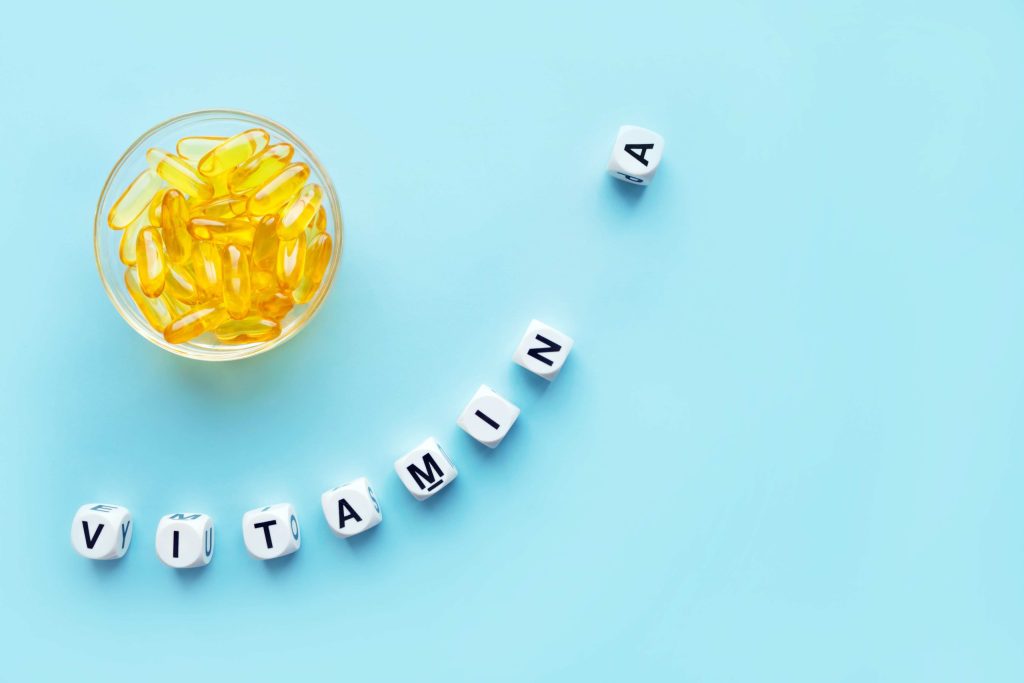
Retinol and its siblings from the retinoid family are vitamin A derivatives with a boatload of miraculous effects on the skin. They are the Marines of cosmetic ingredients, the proud and the few, and there’s almost no mission we couldn’t entrust them with. Acne and acne scars, fine lines and deeper wrinkles, enlarged pores and blackheads, hyperpigmentation and melasma, dull skin and uneven tone—the list goes on.
The military metaphor is all the more appropriate because retinoids can turn your face into a war zone if you’re not careful. That’s why knowing their names is a very good idea—using several products that contain retinoids at the same time is not something you want to do, at least not at the beginning of your journey. You don’t have to learn all the chemical names and synonyms by heart, though,—nowadays, we have ingredient scanner apps, like OnSkin, that can break down the ingredients for you.
What Does Retinol Do?
When it comes to retinol and retinoids, it’s kind of easier to list what they don’t do. Not to go into the cell biology of it, we’ll just list the most commonly known and proven effects of retinol (those curious about the exact mechanism of action can read this article).
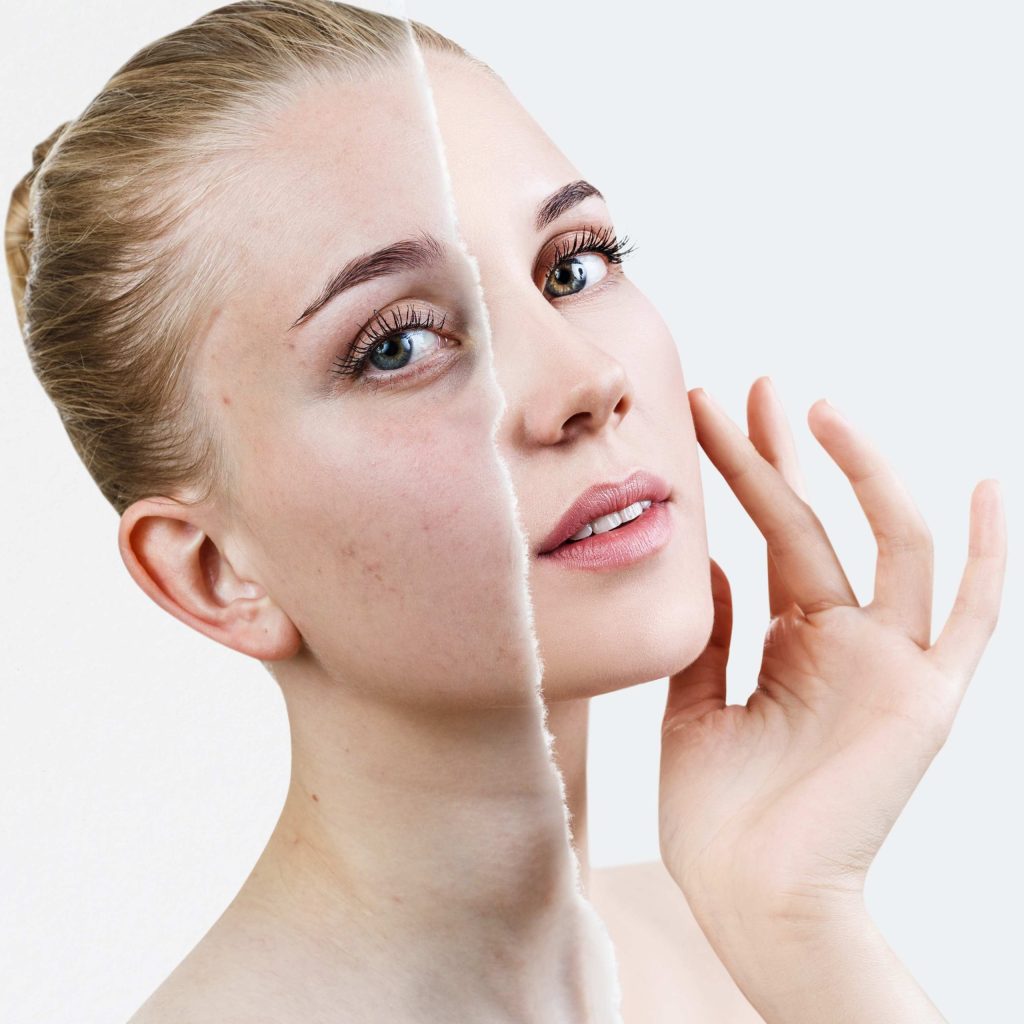
Main Effects on the Skin
- Balances out skin cell turnover, aka natural exfoliation
- Stimulates collagen production
- Prevents existing collagen fibers from degrading
- Enhances elastin fiber production
- Boosts production of epidermal proteins
- Reduces transepidermal water loss
- Reduces the amount of sebum
- Regulates the process of shedding within sebaceous glands ducts, meaning it has an anti-comedogenic effect
- Reduces discoloration and pigmentation by about 60%
- Blocks melanin transport from stimulated melanocytes preventing hyperpigmentation
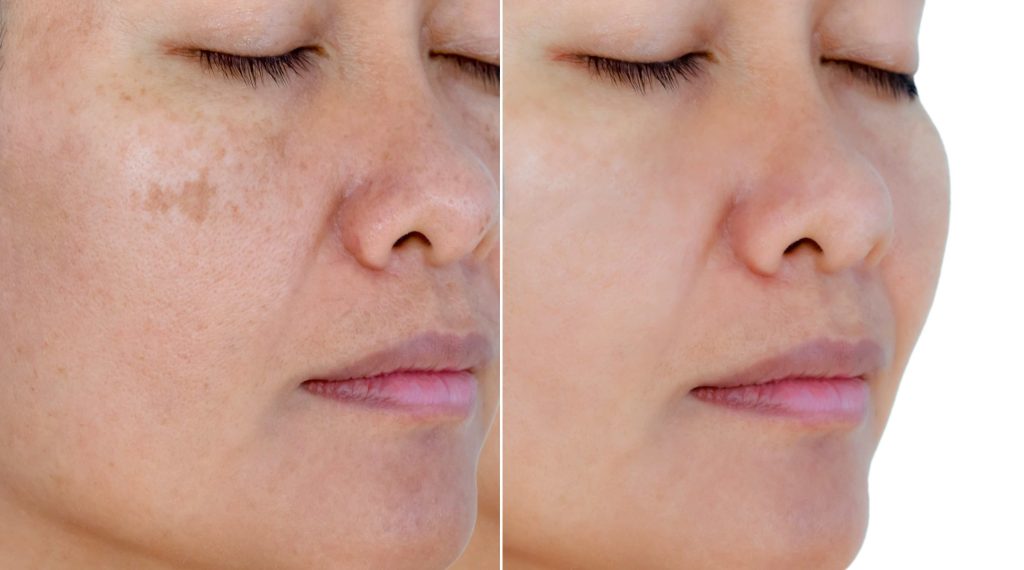
All these effects result in skin that has
- Fewer lines and wrinkles;
- Invisible pores;
- More elasticity and firmness;
- Even tone;
- Natural hydration and a dewy, glowing look.
Where’s the Catch?
Sounds amazing, right? What’s even better is that in a world where every bottle promises miracles, retinoids actually have a solid evidence base behind the promises. Retinoids happen to be the most well-studied ingredients in the history of skincare (and the most efficient to boot). Where’s the catch you might think? Well, they do have side effects which is the reason only a small portion of retinoids are over the counter. They can be minimized or avoided altogether, though, if you learn the dos and don’ts first.
Retinol Dos & Don’ts

Retinol Dos
Keep Calm and Carry on (for 1 to 2 months at least)!
According to dermatologists, the number one retinol mistake is not sticking with it long enough. This is understandable because the amazing effects of retinol take two to three months to develop. The side effects are much quicker, though: irritation, redness, and dryness can show up as early as week one. This naturally makes people wonder why they need a product that makes their skin worse or whether they’re allergic to it.
This phase doesn’t last long though—the peak comes at two to three weeks after which the redness and irritation will pass as your skin adapts to the retinoid, giving place to glowing, radiant, dewy skin. If you think that’s something worth your patience and effort, don’t ditch retinoids and your perseverance will be rewarded.
Start Low, Go Slow, Aim High

Another great advice for those who begin their journey with retinol is to go for the lowest possible strength and gradually work your way up to the maximum available. If you’re wondering why you need to start slow, you might try googling Retinoid Dermatitis and switching to the images tab.
Once you’re through the over-the-counter retinoids, you might finish your journey and stick with the strength you like most. If you’re adventurous and want to experience the full potential of retinoids, explore the prescribed ones (you’ll need a dermatologist’s assistance of course.)
Use Sunscreen
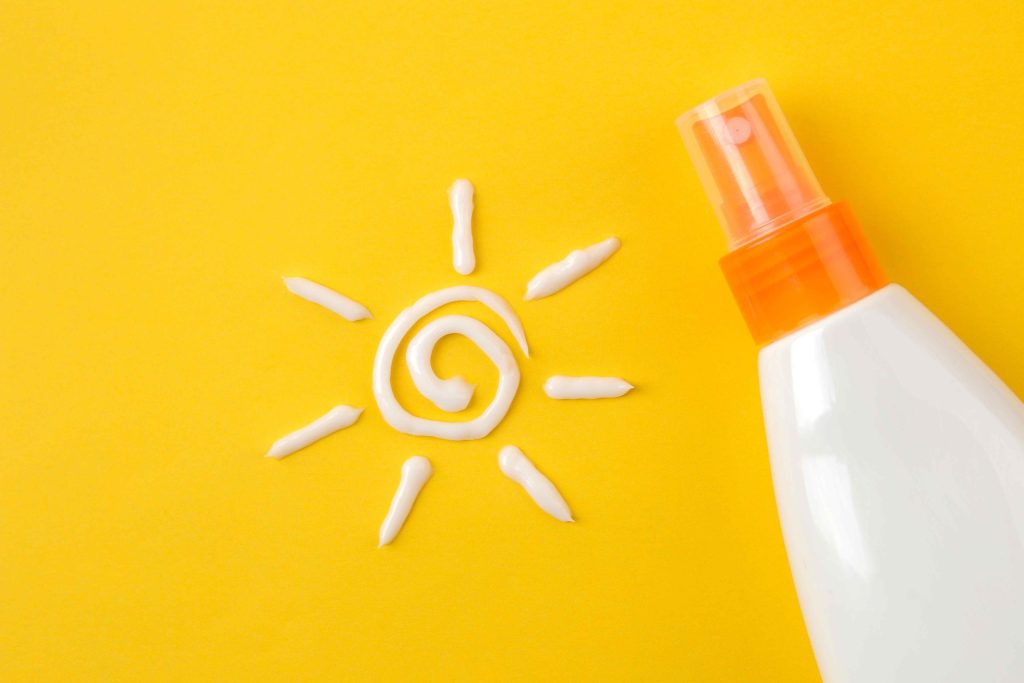
Any skincare expert will tell you that using sunscreen consistently with retinoids is crucial (not that we need more reasons to use it, retinol or no retinol). There are three main reasons:
- Retinoids inhibit melanin production which makes the skin more vulnerable to sun damage.
- It increases skin turnover and you definitely want to protect young skin cells so that they remain young and dewy for as long as possible.
- Retinoids break down when exposed to UV light.
Make a sandwich
Many have found a way to bypass the dreaded redness, itchiness, and flakiness during their retinol journey by adopting a simple technique known as the “retinol sandwich”.’ It’s super straightforward: sandwich the retinol between two layers of moisturizer. Essentially, you start by applying moisturizer to your face, follow it up with the retinol product, and then finish off with another layer of moisturizer.
Retinol Don’ts
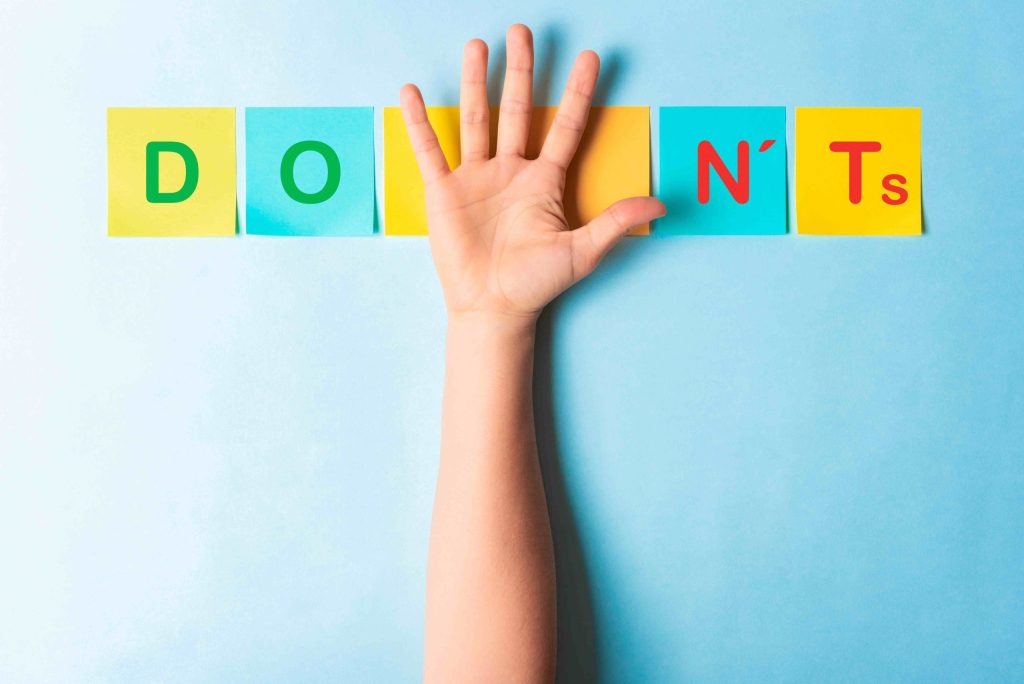
Use with exfoliating products
Exfoliating acids and retinoids can be used together—it’s not like they will oxidize or otherwise deactivate each other. The only reason is that they both can be irritating to your skin. So it might be a good idea to put the exfoliants on hold while you’re starting retinoids. You can always add them later on once you’re sure you’re out of the woods.
Use retinol in the daytime
As we’ve mentioned already, UV light breaks retinoids down which makes them inactive. It’s not going to hurt your skin but kind of makes the whole thing pointless, doesn’t it? That is unless you use a formula where the retinoid is protected from UV light—the product label will tell you if that’s the case.
Be heavy-handed
Putting a thick layer of a retinoid-containing product on your face is not a great idea—not only is it a waste of expensive products, but it can also cause irritation or even retinoid dermatitis, especially if you’re a beginner. Normally, a pea-sized amount will suffice for the whole face.
Don’t use retinol if you’re pregnant or breastfeeding
Digesting Vitamin A and its derivatives can be harmful and cause severe health issues to the fetus. Topical application hasn’t been studied in this regard but doctors still recommend abstaining from using retinoids during pregnancy and breastfeeding.
FAQ
-
Where do I start with OnSkin?
Download the app and think of a product you’d like to know more about. Then, go to the main screen and choose how you’d like to get the info —by manually looking it up in the search bar, by scanning its barcode, or by simply taking a picture of the packaging. Once you’ve done any of these, you can see how safe the product is and if it suits your skin or hair (if this analysis is available).
-
What is Safety Rating, and how is it calculated?
In OnSkin, we base product rates on ingredients. Each is closely studied by our medical team and then evaluated. This way, each product gets a score from 0 to 100, with 100 as the safest level.
Safety Levels
- Excellent (76–100)
- Good (51–75)
- Not great (26–50)
- Bad (0–25)
These scores are backed by the latest scientific studies. You can find links to the resources we’ve used on each ingredient page. To assess the safety of product ingredients, we evaluate them according to the following parameters/criteria
- Endocrine disruption risk / Reproductive toxicity
Indicates the probability of mimicking, blocking, or interfering with the body hormones.
- Сarcinogenicity
Measures the potential risk of inducing cancer.
- Allergy risk
Estimates the probability of an allergic reaction.
- High concentration alert
Determines the risk of being unsafe in certain amounts.
-
What is Skin Match?
Based on the info you input about your skin type, age, skin care goal, and other “settings,” OnSkin checks how well a product is tailored to your unique skin needs — it’s basically like a dermatologist helping you find the right products, minus the fees and the long wait. The product you’re checking might be labeled as It’s a match!, Hit-or-miss, or Not a match for you. The app also detects ingredient groups such as Anti-acne, Anti-inflammatory, Moisturizes, May be drying, Comedogenic, and others — by tapping one, you see exactly what ingredients from this or that group are in the product.
-
I seem to have a problem with using the app. Who should I contact?
Please reach out to us at [email protected], and we’ll carefully look into your issue. Your ideas for improving the app are also very welcome!
-
Do you have an Android version?
Not yet! Hey Android users, we hear you, and we're thinking about making an Android version, but we haven't started the development yet.
Tracker Sent!
It’s on the way to your inbox.



